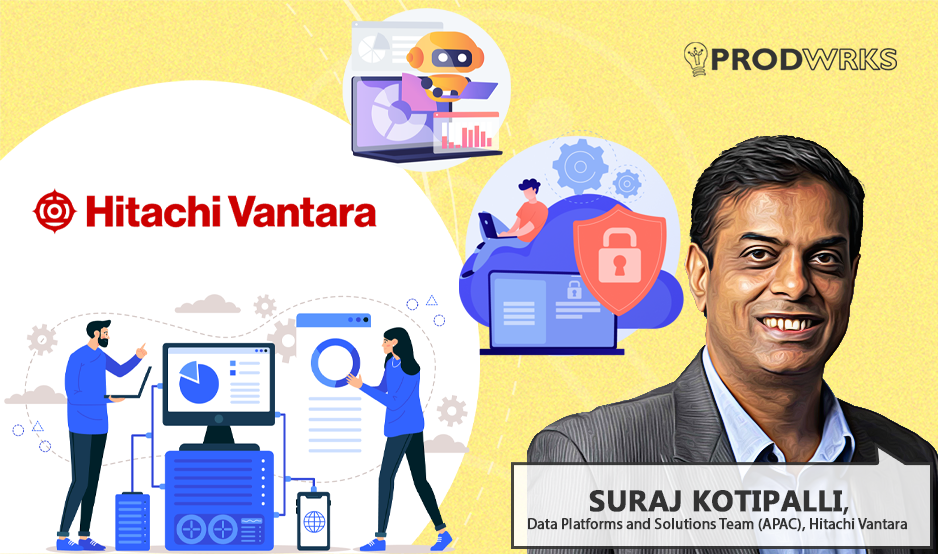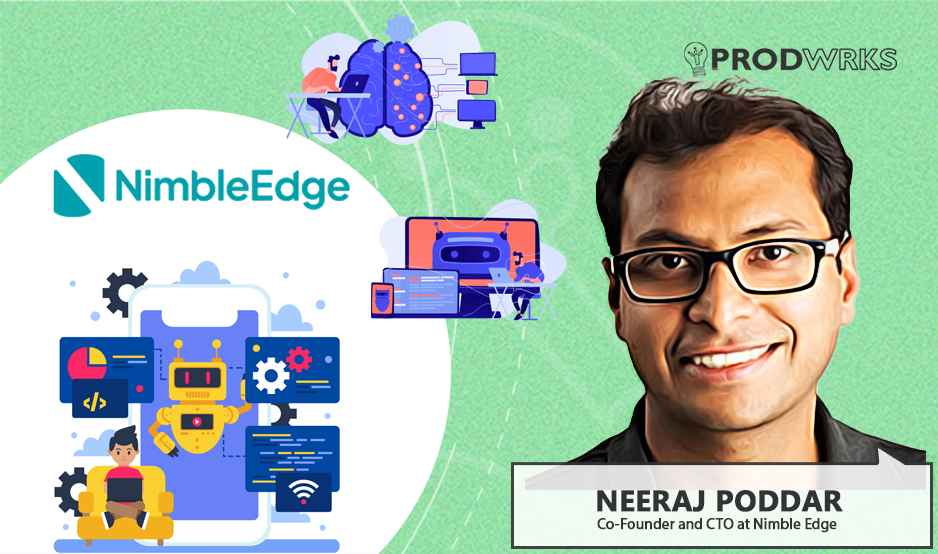
Everyone knows Hitachi. But fewer people know about Hitachi Vantara, the subsidiary that’s quietly powering the data infrastructure behind some of the world’s largest enterprises. Its focus is simple but high-stakes. They help organizations manage, modernize, and draw value from their data across cloud, core, and edge systems.
For businesses in Asia Pacific, rising cloud costs, tougher data sovereignty rules, and the demands of AI workloads are forcing companies to rethink how they build and scale infrastructure. That’s where Hitachi Vantara steps in, blending its storage and hybrid cloud platforms with AI-driven solutions designed for performance and sustainability.
To understand what this looks like on the ground, we interviewed Suraj Kotipalli, APAC Business Leader for Data Platforms and Solutions at Hitachi Vantara.
In our conversation, he breaks down how enterprises in the region are recalibrating their strategies, what challenges AI copilots and large models introduce, and why unified data platforms might be the most underrated shift in enterprise tech today.
This interview has been edited for clarity and length
Q1. Hitachi Vantara helps the world’s leading companies leverage data to drive sustainable growth. What does that look like in practice?
Suraj: We help enterprises turn complex data challenges into measurable business outcomes. By unifying data across edge, core, and cloud, we improve performance, increase efficiency, and drive continuous innovation.
Our capabilities enable the modernization of data centres and the seamless adoption of hybrid cloud and AI workloads. Sustainability is a core principle of our approach. Through initiatives like our Carbon Neutral Data Center framework, we help organizations reduce energy consumption and lower emissions.
Our goal is to transform data into a strategic asset, powering intelligent, secure, and responsible growth.
Q2. What are the core solutions and services offered by Vantara? How do you collaborate with global product and engineering teams to help them achieve their data goals?
Suraj: To help enterprises drive sustainable growth through data, we leverage a core set of integrated solutions. At the centre is Virtual Storage Platform One, a unified data platform that supports block, file, and object storage, enabling seamless data management across on-premises and multi-cloud environments.
Complementing this is Hitachi iQ, our AI solutions portfolio, which empowers organizations to harness automation, analytics, and AI innovation to transform stored data into actionable insights. Our Hybrid Cloud and Compute platforms deliver the flexibility and scalability required to efficiently run diverse workloads across varied environments.
We maintain close alignment with global product and engineering teams by providing real-world feedback from the field, ensuring our solutions continually evolve to meet customer needs and drive innovation.
Q3. With the rise of AI/ML workloads, data infrastructure demands are changing. How is Hitachi adapting to support these shifts?
Suraj: AI workloads are highly resource-intensive, demanding high throughput, low latency, and scalable infrastructure. Hitachi iQ is a fully integrated, AI-ready infrastructure solution that combines industry-leading GPU platforms, high-speed networking, and ultra high-performance data systems to power your AI/ML initiatives.
A strong data foundation is critical to the success of any AI project. Virtual Storage Platform One supports this by delivering seamless data access and consistent performance across environments. To further optimize AI performance, our Hybrid Cloud and Compute platforms enable workloads to run closer to the data source, ensuring efficiency, speed, and scalability from edge to core to cloud.
Q4. As more companies integrate AI into their workflows, what challenges do you foresee regarding infrastructure performance and data compliance?
Suraj: AI copilots and large language models (LLMs) require high compute power, low latency, and robust data governance. However, many enterprises struggle to scale legacy infrastructure and maintain compliance as data spans across hybrid and multi-cloud environments.
At Hitachi Vantara, we address these challenges through advanced data infrastructure and intelligent operations solutions that deliver high performance, automation, and consistent policy enforcement. This empowers enterprises to securely manage data, support real-time AI workloads, and align with privacy and regulatory requirements, enabling responsible and scalable AI adoption.
Critically, the quality of data integrated into copilots and LLMs directly impacts the accuracy and value of their outputs. The better the data, the better the outcomes, driving more meaningful results for the organization.
Q5. Edge computing and real-time data processing are gaining momentum. How is this trend influencing Hitachi Vantara’s strategy and product offerings?
Suraj: The growing need to process data closer to its source is reshaping enterprise infrastructure strategies. At Hitachi Vantara, we’ve embedded edge capabilities into our platforms to support modern IT infrastructure and data architectures.
Our solutions enable organizations to manage and analyse data seamlessly across edge, core, and cloud while maintaining strong governance, performance, and security. This is especially critical in industries such as manufacturing and energy, where real-time insights drive operational decisions.
Our focus is to help enterprises unlock faster insights and greater operational efficiency across distributed environments, empowering smarter, data-driven outcomes at every level.
Q6. With increasing cloud costs, there’s a renewed interest in hybrid or on-premises solutions. Are you seeing a tangible shift from your vantage point?
Suraj: Yes, many enterprises are recalibrating their cloud strategies in response to rising costs and increasing complexity. We’re seeing growing interest in hybrid models that offer the flexibility of the cloud while retaining the control and performance of on-premises infrastructure.
At Hitachi Vantara, our Virtual Storage Platform One solutions combined with VSP 360 management tools enable customers to optimize workload placement, manage data seamlessly across environments, and modernize their on-prem infrastructure.
Additionally, VSP One SDS, our software-defined storage solution available on public clouds like Azure, AWS, and GCP, supports seamless data mobility while delivering the agility and cost-efficiency enterprises need without compromising performance, security, or governance.
Q7. Data sovereignty and localization are becoming more significant, particularly in Asia. How does this shape your product strategy or go-to-market approach in the APAC region?
Suraj: Data localization laws across Asia are shaping critical infrastructure decisions. Enterprises require solutions that keep data within regional borders while ensuring accessibility, security, and compliance. At Hitachi Vantara, we support these needs through offerings like VSP One Hybrid Cloud and VSP One Object platforms, which provide localized storage combined with robust governance and compliance capabilities.
We collaborate closely with customers across APAC to address regional requirements, helping them confidently adopt digital solutions while meeting evolving data sovereignty regulations.
Q8. What is one infrastructure or data trend you believe is underrated but will define the next five years of enterprise tech?
Q9. What excites you most about the intersection of infrastructure, AI, and automation?
Suraj: What excites me most about the convergence of infrastructure, AI, and automation is the emergence of intelligent data fabrics, systems that embed AI at the core of operations. These self-optimizing, metadata-aware architectures enable automated data tiering, proactive threat detection, and centralized management across complex environments.
Q10. How do you see data infrastructure evolving over the next 3–5 years?
Suraj: In the coming three to five years, data infrastructure will evolve into highly intelligent, cloud-connected ecosystems that empower enterprises to manage the entire data lifecycle through a single platform. This would transform data operations from reactive processes to autonomous systems, unlocking new levels of agility and scalability for AI and advanced analytics.



